Campaigners say a national scheme that uses dashcam footage to report bad driving could help safety on the A9.
The National Dash-Cam Safety Portal (NDSP) was created in the UK in 2018, but so far it does not include Scotland.
Police Scotland is one of just three UK forces not to join up.
While a grant from Transport Scotland was made to help set up a pilot, the money did not cover the entire cost.
It is one of the projects currently being reviewed by the force executive.
How does the portal work?
NDSP allows car drivers and other people to upload footage captured on dashcams directly to police. It can then be used as evidence.
Nearly 90,000 video uploads from dashcam, helmet camera and mobile phone clips have been sent to police forces.
The uploaded videos and witness statements are viewable only by the police force to which they are submitted.
Ahead of National Dash Cam Day on August 4, A9 campaigners believe being part of the national portal could help cut bad driving on the major trunk road.
It is one of the safety measures being looked at while dualling of the A9 is awaited.
Road safety charity IAM RoadSmart has backed a campaign to use the portal.
Neil Greig, the group’s policy and research director, said: “The system works well in England, having been adopted by many forces.
“It stops ‘trial by social media’ as you can’t post footage once it is entered as evidence.”
He added: “I often hear about drivers having at least one OMG moment every time they go up and down the A9.
“If it became well-known that you might be ‘dash-cammed’, it might help reduce extreme driving behaviour.
“It would be a slow burn effect, however, and wouldn’t eliminate the mistakes, rather the deliberate bad driving.”
Reducing road casualties ‘a priority’
Laura Hansler from the A9 Dual Action Group said: “It might be a deterrent and anything that can deter (bad driving) the better.”
Cycling UK has been calling for camera footage submission system for three years.
Its campaigns and policy manager for Scotland is Jim Densham. He said: “Responsible drivers, cyclists and pedestrians in Scotland are being put at risk because of delays to the National Dashcam Safety Portal.
“It is a vital system for increasing road safety, on the A9 and every road across Scotland.
“We have been leading this campaign for almost three years, so it is highly frustrating that we are still waiting.”
He said he is heartened by recent government support for the NDSP, but now wants swift implementation.
“The case for its introduction is overwhelming. It will save police time and money, is widely supported by the public and road user groups, is used successfully almost everywhere else in the UK. Ultimately, it will help to deliver road safety and justice consistently across Scotland.”
‘More urgent than ever’
A Cycling Scotland spokeswoman said: “The difficult funding context facing government and Police Scotland is not a justification for delaying the portal, in fact they make it more urgent than ever.
“A dashcam portal is supported by more than 30 organisations representing people walking, cycling, riding motorbikes or driving cars, from the AA to Cycling UK.”
Chief Superintendent Hilary Sloan, head of road policing at Police Scotland, said reducing the number of road casualties is a priority.
“The Chief Constable has made it clear that hard choices lie ahead to deliver effective policing within our budget allocation.
“The full implementation costs for the portal are still to be met, requiring significant investment in resources and funding.
“All projects are being reviewed and prioritised. Our officers remain committed to keeping people safe.”
Portal can get dangerous drivers off the road
Nextbase, which runs the dashcam portal, says 89,000 submissions have been made to police since 2018.
Around 70% of these reports lead to further action – including fines, warning letters and court cases.
Nextbase head of road safety Bryn Brooker said: “We have ongoing discussions with the forces who have not signed up, including Police Scotland.
“We believe that the portal can help police save time on paperwork and get more dangerous drivers off the road.
“Anyone in Scotland with evidence of dangerous driving should still contact the police.”
He added: “Road safety is a hugely complex area, with many factors usually contributing to each incident.
“We believe that dashcams and the portal contribute significantly to road safety as they make it far easier for police to get evidence of bad driving and get dangerous drivers off the roads.
“The vast majority of submissions to our portal result in some kind of further action from police. This is not a place for reporting minor annoyances but for dangerous behaviour.”
Speeding, tailgating and dangerous overtaking
A study by Nextbase of more than 2,000 UK drivers found that 72% have been involved in a “near miss”.
Over a third (36%) were potentially life-threatening. Half (49%) believe they would have been the victim if the accident had taken place.
Drivers said they see many incidents of illegal driving every week.
The most common are speeding (67%), followed by failing to indicate (60%), tailgating (52%), and dangerous overtaking (52%).
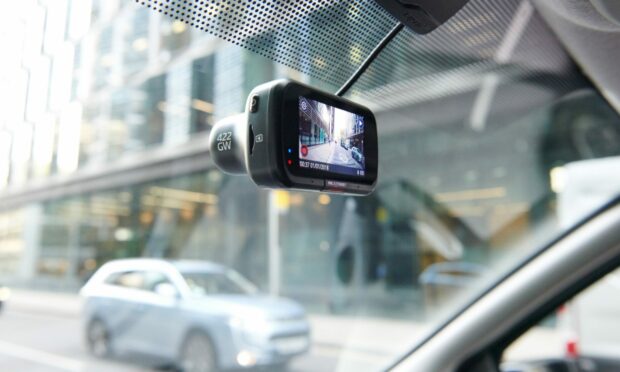
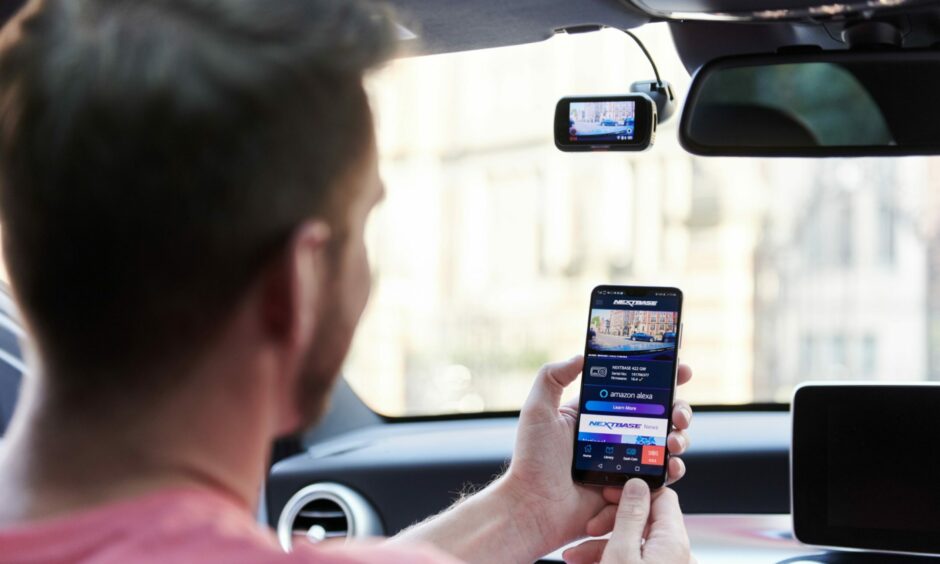
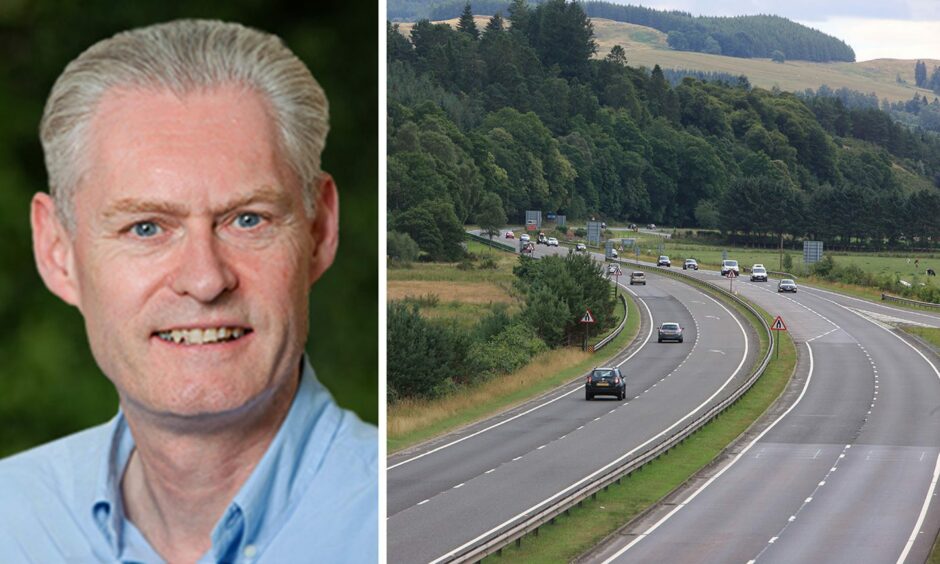
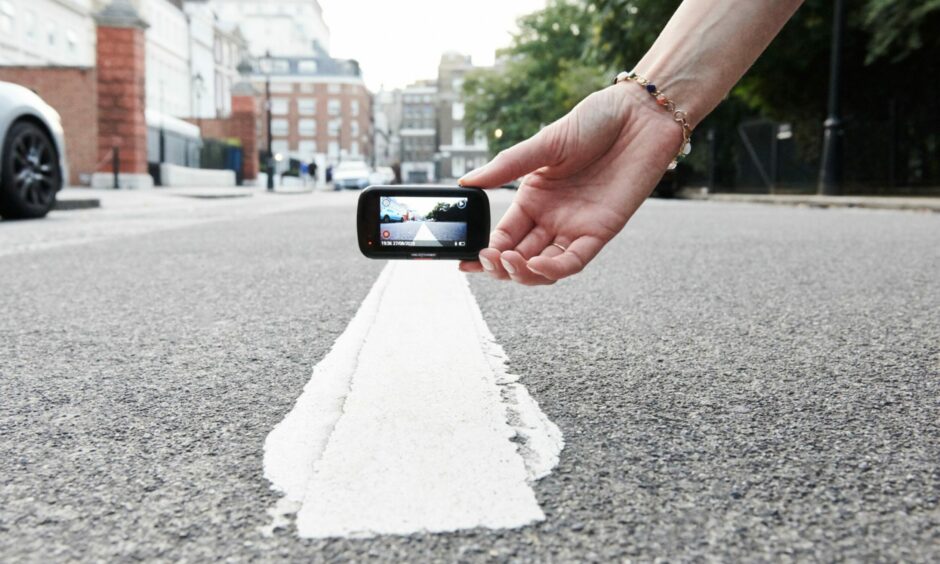

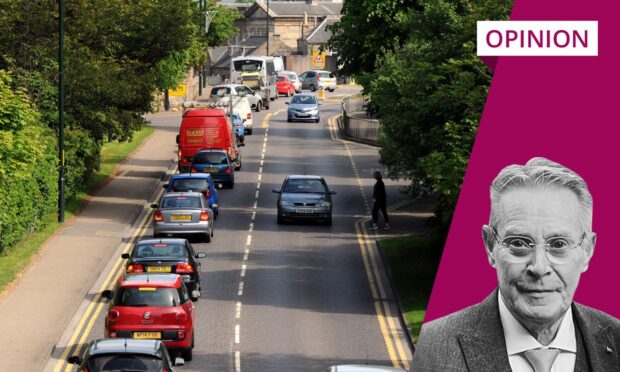


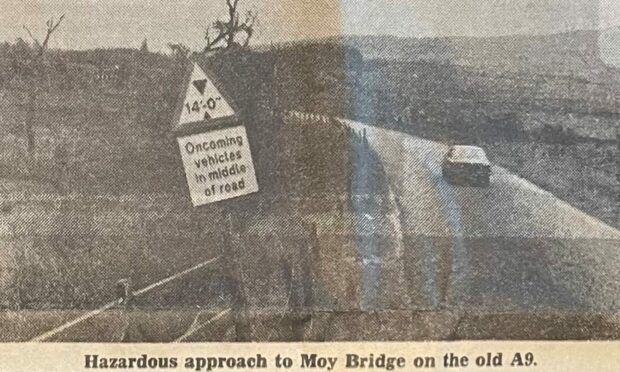
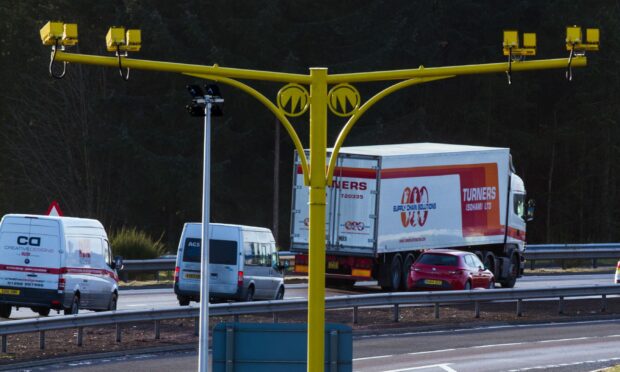
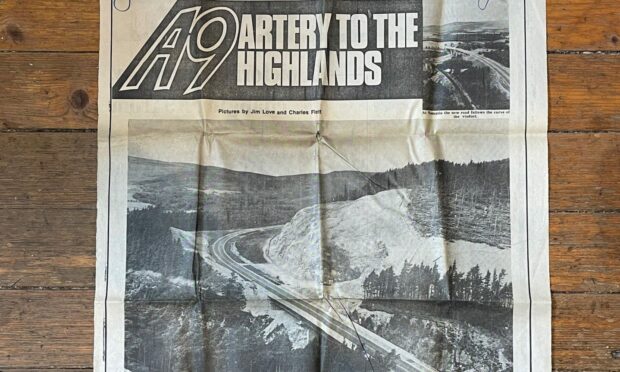




Conversation